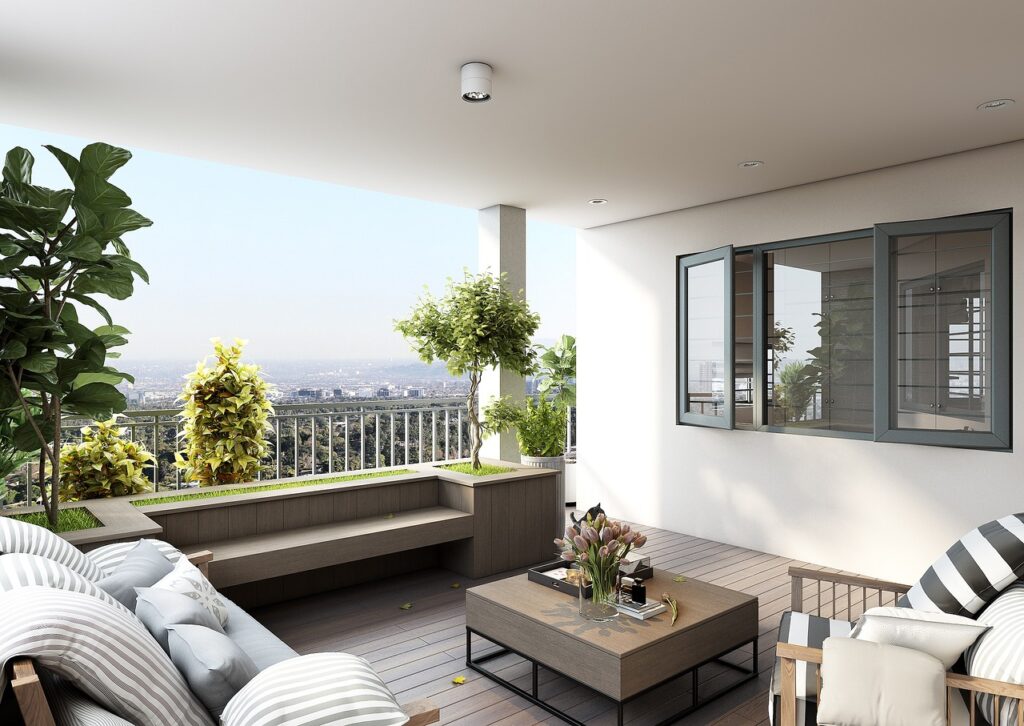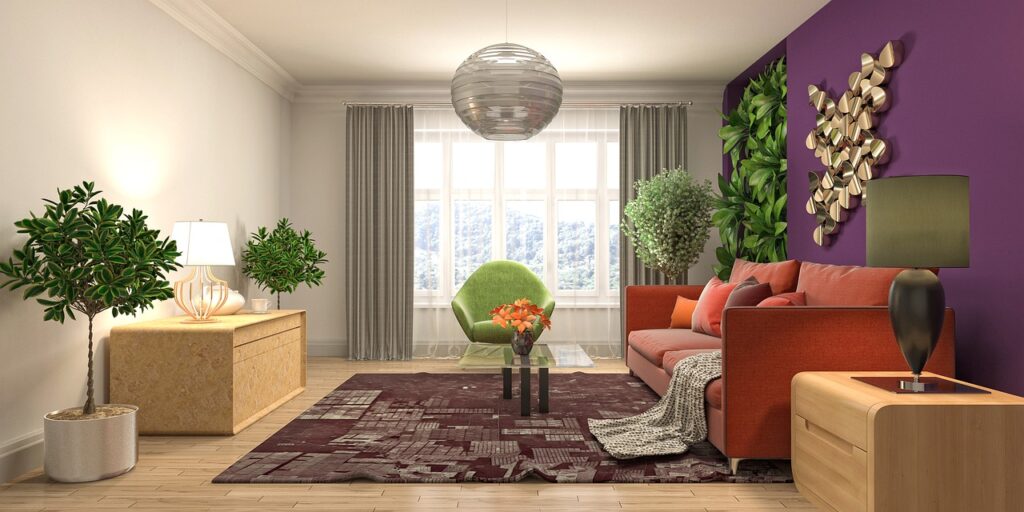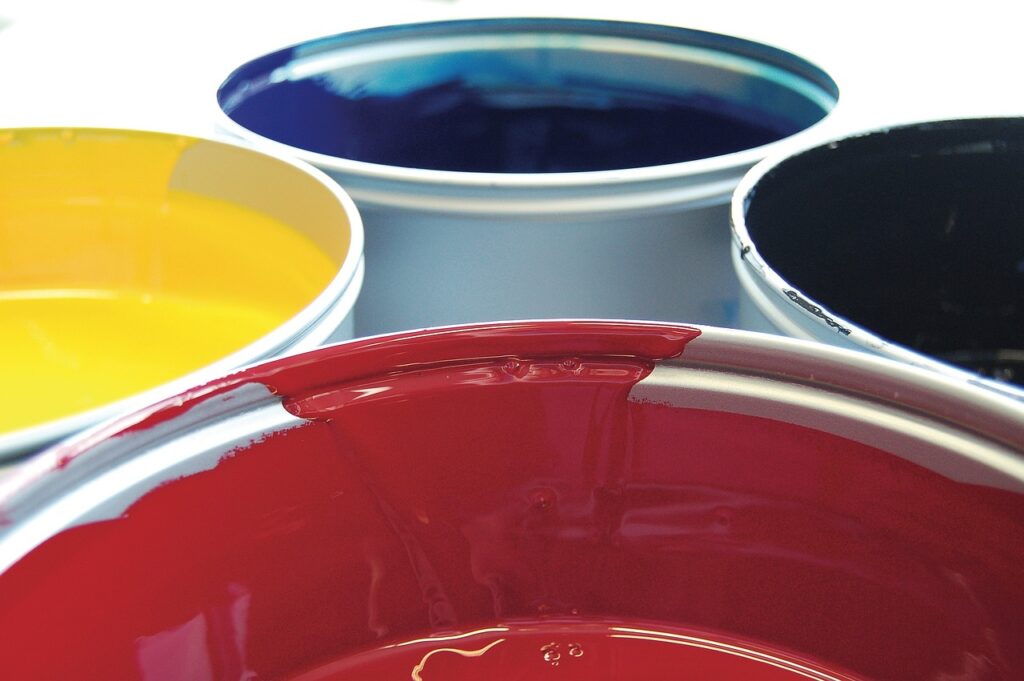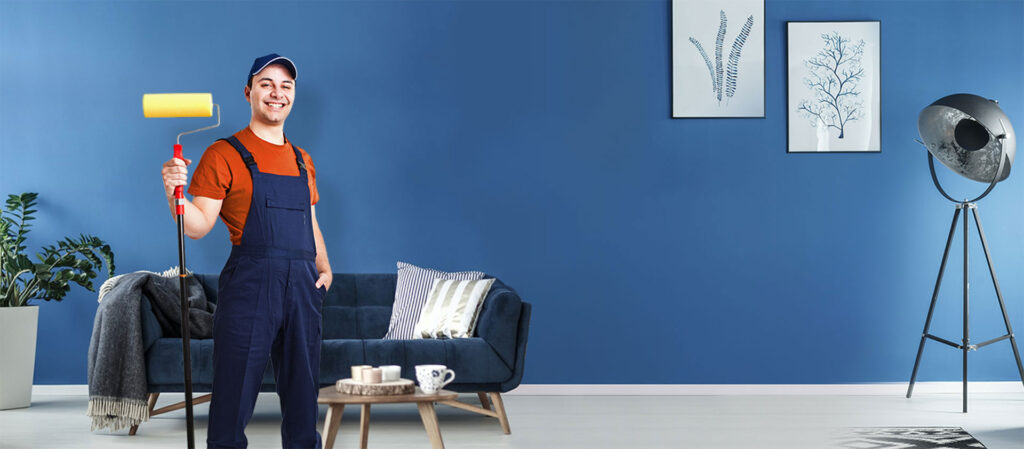1. Plastic or latex paint It has a water-based paint that eliminates the unpleasant odor often produced by solvent-based paints. In this sense, it guarantees water resistant. It is also very easy to apply and washes and dries quickly. On the other hand, use on untreated wooden surfaces is not recommended. Plastic or latex paint available in acrylic and vinyl and available in three finishes: matte, satin and gloss.
Matte plastic paint: the surface is more opaque and matte. It costs a little more to clean, but is great for walls that have obvious damage or are many years old.
Satin Plastic Color: Somewhere between a matte and glossy finish. It is especially recommended to paint light walls or use strong colors, as it brightens the tone of the wall.
Glossy plastic paint: more reflective. It cleans up easily with water, making it an ideal decorative paint for spaces such as the bathroom and kitchen. However, it is necessary to pre-sand the walls.
1.1 Acrylic paint Excellent resistance to both internal and external coatings. This ensures that the walls are more water-resistant and also perfectly resistant to mold and sunlight. It has excellent adhesion to many materials except untreated wood surfaces.
1.2 Vinyl paint Vinyl paint offers more versatility and flexibility. Also, its smell is almost invisible and it is easy to use.
Menjivarps / pintar / hogar
2. Synthetic enamel paint Unlike plastic paints, paints consisting of solvent-based synthetic resins are more durable and resistant to corrosion. It maintains the gloss of the surface well, even in outdoor spaces, because it is more resistant to water and moisture. This gives a smoother finish. It is mainly used on wooden or metal walls, although its field of application is much wider. However, it requires a longer drying time and special attention should be paid to the gassing characteristic of this decorative wall paint.
3. Acrylic enamel paint Paint made from acrylic resin, catalysts and pigments. Completely water soluble and odorless, it does not require strict room ventilation requirements like synthetic enamel. They are often used in artistic decoration.
4. Primer paints The previous layer is used as a base for decorative paint. The purpose of the primer is to strengthen the support and promote the absorption of the paint, which will then be used to decorate and finish the wall. Adhesion is improved exponentially, reducing defects while reducing topcoat costs.
5. Varnishes Varnish can not only add shine or color to paint, but can also be used for any type of paint protection. They are distinguished by waterproofness, durability and wear resistance.
6. Mineral or silicate paint Due to its high hiding power and water vapor permeability, this coating is mainly suitable for walls with moisture problems. They are made from recycled raw materials and can be classified as organic paints.
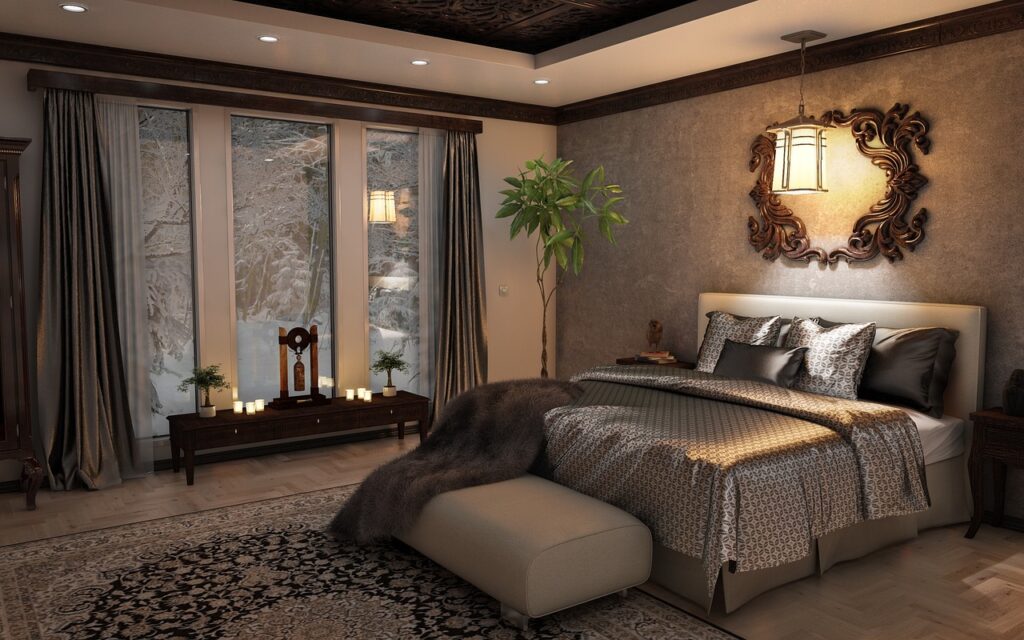
Do you want to change your home? Are you opening a new home but have no idea how to decorate it? Or maybe the decorating theme just isn’t for you and you want to create a functional space that represents you and makes you happy, so get in touch and we’ll be happy to help.
